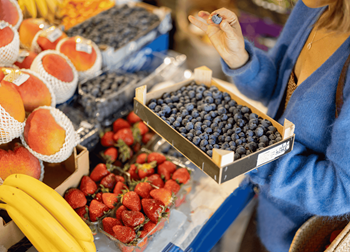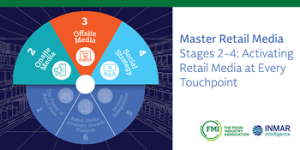<p>By: Rick Stein, Vice President, Fresh Foods, FMI<br /></p><p><img src="https://www.fmi.org/images/default-source/2015-community-outreach-awards-fb/fresh-food-sustainable-packaging.tmb-large-350-.png?Culture=en&sfvrsn=3ad2c676_1" style="float:right;margin:10px;" class="-align-right" alt="fresh food sustainable packaging" sf-size="554512" />As a fresh foods merchandising expert, I’ve spent years walking produce aisles and seafood counters, analyzing what makes a shopper reach for a package or walk right past it. While quality, convenience and shelf life have always topped the list, there’s a growing urgency around another critical factor, food waste.<br /></p><p>I’ll never forget when I saw a customer pick up a package of blueberries-plump, vibrant, perfect-and put it back because she wasn’t sure how long they’d stay fresh once opened. That single moment said so much. Today’s consumers aren’t just shopping for quality or taste—they want to be confident that the food they buy will actually be used, not wasted.<br /></p><p>That’s where my colleague Julie Savoie, senior director of workforce, talent & sustainability and an expert in food industry sustainability initiatives, comes in.<br /></p><p>“When we look at packaging, it’s not just about protecting the product,” she says. “It’s about extending shelf life, providing clear information, and giving people tools to reduce waste at home. The right packaging helps keep good food out of the landfill.”<br /></p><p>Together, FMI members have worked across the supply chain to explore smarter packaging solutions that prevent spoilage and loss. Examples include breathable films for fresh produce, resealable packs for berries and greens and portion-controlled trays for meat and seafood. But the most impactful progress happens when merchandising and sustainability come together to prioritize waste prevention at every step.<br /></p><p>This transformation doesn’t happen overnight. It requires buy-in from growers, packagers, retailers and shoppers alike. But the momentum is real and growing. Consumers are asking smarter questions about freshness and storage. Suppliers are developing materials that balance shelf life with sustainability. And the food industry is listening.<br /></p><p>I’m especially proud that FMI recently joined the <a href="https://foodwastepact.refed.org/?gad_source=1&gad_campaignid=22295832132&gbraid=0AAAAACdMtWpBQssv8QF7L_ZKN-w_oFGvj&gclid=CjwKCAjwprjDBhBTEiwA1m1d0qyZUJj1WXPkW8lxN3595pVZL2vO1HjK0Z4L8PHe42QC29kEimIzTBoCfyYQAvD_BwE">U.S. Food Waste Pact</a>, working alongside our members and partners to accelerate practical solutions that tackle food waste. It’s another example of how our industry is stepping up to drive meaningful change.<br /></p><p>The fresh foods department of the future is one where packaging helps shoppers get the most from every dollar spent and every bite of food grown. When someone picks up a package of berries, greens or salmon, they should feel confident that what they bring home will stay fresher for longer, reducing the chance of it ending up in the trash.<br /></p><p>Because in the end, the future of food isn’t just about what we eat. It’s about how we keep good food from going to waste-responsibly, efficiently and sustainably. </p><p><a href="https://www.fmi.org/industry-topics/sustainability-new/food-waste" class="button">Food Waste Resources</a></p>
[#item_full_content]




